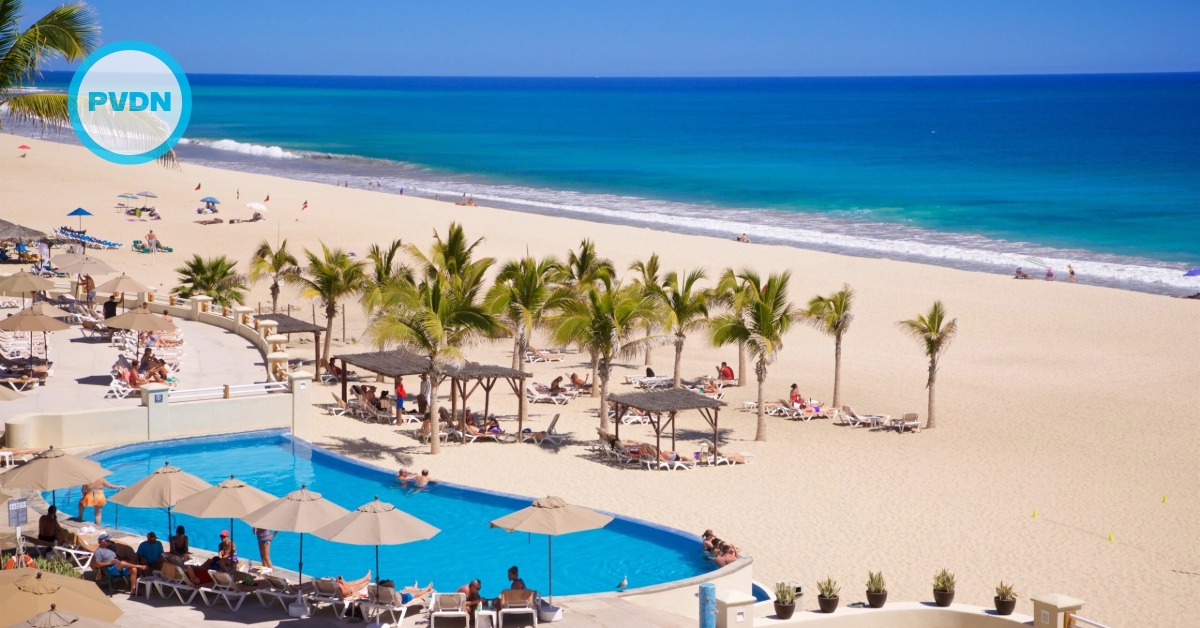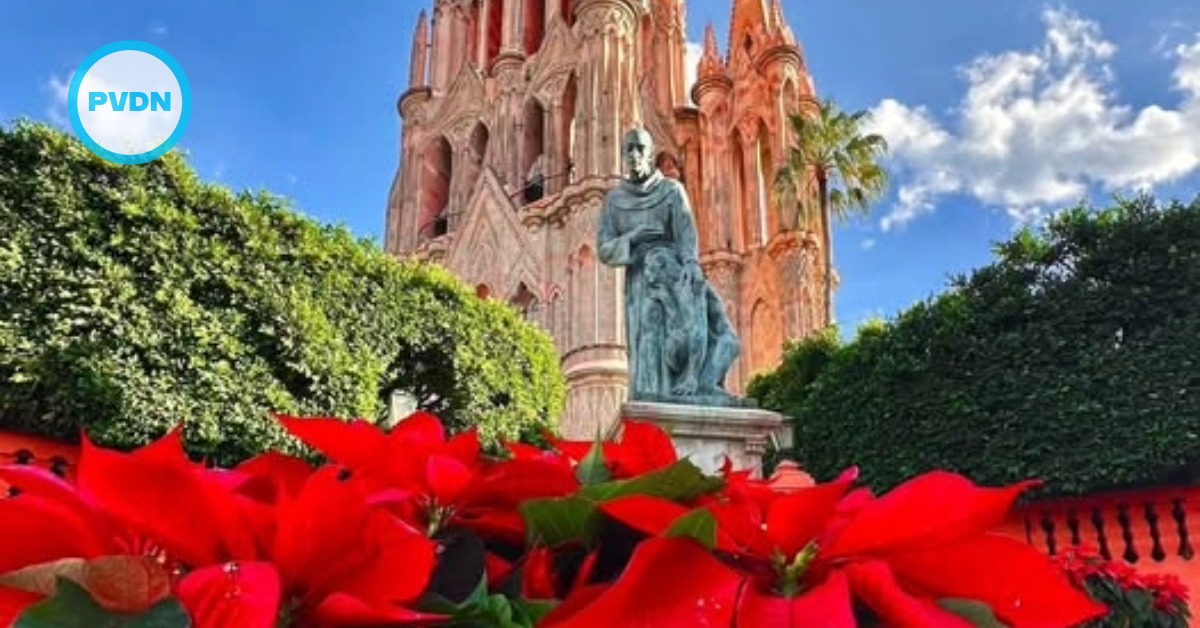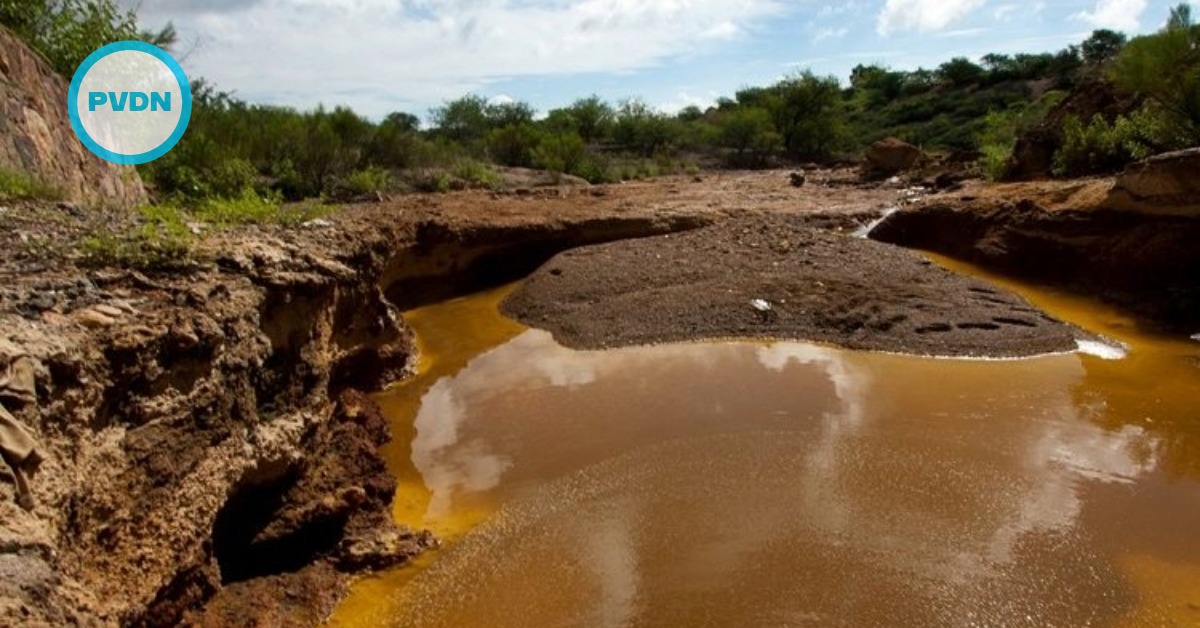The first signs of complex society in Mesoamerica were the Olmecs an ancient Pre-Columbian civilization living in the tropical lowlands of south-central Mexico, in what are roughly the modern-day states of Veracruz and Tabasco. The area is about 125 miles long and 50 miles wide (200 by 80 km), with the Coatzalcoalcos River system running through the middle. These sites include San Lorenzo Tenochtitlan, Laguna de los Cerros, Tres Zapotes, and La Venta, one of the greatest of the Olmec sites. La Venta is dated to between 1200 BCE through 400 BCE which places the major development . . .





